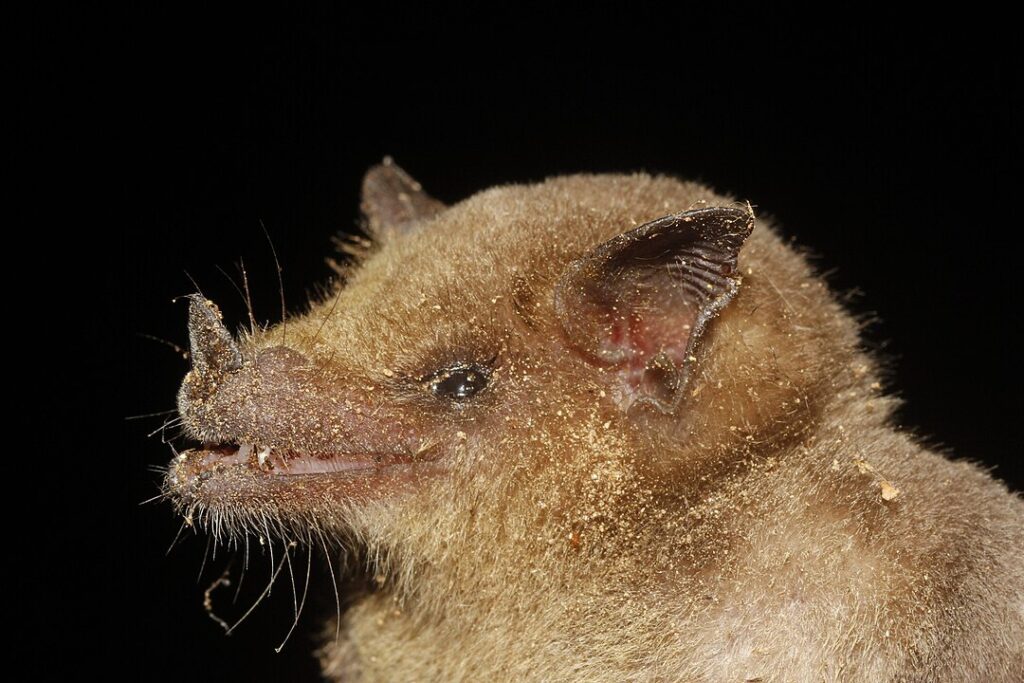
Leptonycteris curasoae (Southern Long-nosed Bat)
Overview
Leptonycteris curasoae, commonly known as the southern long-nosed bat, is a nectar-feeding bat native to arid and semi-arid regions of northern South America and parts of the Caribbean. It plays a crucial role in pollinating many night-blooming plants, particularly cacti and agaves.
Description
This medium-sized bat is characterized by a slender snout, long tongue adapted for nectar feeding, and large eyes. Its fur is typically brown to grayish-brown. Unlike many bats, it lacks a nose leaf and has a relatively short tail enclosed within the tail membrane.
Distribution and Habitat
Leptonycteris curasoae is found in Colombia, Venezuela, Aruba, Bonaire, Curaçao, and adjacent islands. It inhabits dry forests, thorn scrub, and desert-like environments. Roosting typically occurs in caves, abandoned mines, and rock crevices, often in large colonies.

Diet and Feeding Behavior
This species primarily feeds on nectar and pollen from night-blooming plants, especially cacti and agaves. It uses its long, extensible tongue to extract nectar, and in the process, transfers pollen between flowers, making it a key pollinator in its ecosystem. It may also consume some fruit and insects opportunistically.
Reproduction and Life Cycle
Breeding typically aligns with the flowering season of key nectar plants. Females usually give birth to a single offspring per year. The species exhibits migratory behavior, with seasonal movements to follow the availability of blooming plants.
Conservation Status
Leptonycteris curasoae is classified as Near Threatened by the IUCN due to habitat loss, human disturbance at roost sites, and declines in food resources. Conservation efforts focus on protecting roosting sites and preserving native flowering plants that are critical for its survival.
Ecological Importance
This bat is one of the few species capable of long-distance pollination, helping maintain genetic diversity in plant populations. It is especially important for the reproduction of columnar cacti and agaves, including species used in traditional agriculture and tequila production.
